Analysis of Barriers to Development of Malagasy Horticultural Microenterprises in Madagascar
Abstract
:1. Introduction
2. Experimental Section
2.1. Materials
2.1.1. Site
2.1.2. Data Collection
2.2. Methods
2.2.1. Microentrepreneur Characterization
2.2.2. Assessment of the Importance of Management of RMEs
- Material: consumables, raw materials, documents and information, etc.
- Machine: requires investment such as equipment, telephones, etc.
- Method: organization, working methods, procedures, system and operating methods, law, regulations, specifications, etc.
- Milieu (environment): work environment, working conditions, light, noise, temperature, pathogens, etc.
- Man power: human activity, behavior, skills, work habits, management, staff, experience, etc.
- Measurement (financial means): budget and price.
2.2.3. The Influence of Organizations and A Horticultural RMEs’ Level
2.3. Data Analysis
3. Results and Discussion
3.1. Individual Characteristics of Horticultural Entrepreneurs
3.1.1. Characteristics of Each Class
3.1.2. RMEs’ Analysis Axes
3.2. The Horticultural Microenterprise Management
- Material. Among the identified materials, packaging remains the main issue of RMEs (51%).
- Machine. In order to add value to their product, microenterprises face constraints concerning the organization of locales (46%) and the creation of infrastructures (39%). During the brainstorming, the access to water was also raised as a major issue (15%).
- Methods. Microenterprises fail to assure their visibility. Moreover, the Government has yet to establish a RME policy.
- Milieu (environment): Seasonality may have an impact on supply. Farmer organizations and market operators are competing.
- Manpower. The low education level of the entrepreneurs is negatively impacting their entrepreneurial culture and their management skills. In addition, some weaknesses include the supervision, innovation, and creativity.
- Measurement (financial means). They include external and internal financial difficulties. For external difficulties, the majority of microenterprises cannot support the high interest rates of MFI, and there are delays in the release of funds. Internal difficulties are the culture of savings leading to the lack of reinvestment.
3.3. Institutions and Organism for Horticultural Sector Development
3.3.1. Value Chain
- Supply. The seed suppliers sell inputs to the farmers. In parallel, horticulturalists may be self-sufficient. The facilitators are the MFI and CE which are PROSPERER’s partners. MFIs contribute to the financial support of RMEs including the purchase of inputs, tools and related materials. The CE supports the choice of strategies and methods for approaching suppliers.
- Production. Production mainly concerns RMEs, cooperatives and individual farmers. There are horticultural fields and seedling nurseries.
- Processing. One part of the raw plant material may be sold directly by retailers or dealers. The remainder is processed for packaging.
- Trading. This is the final step of the value chain. Market operators and retailers are those who work the most in the marketing of flowers and seedlings. They are closely linked to RMEs which are their suppliers. The products are intended for the urban market.
3.3.2. Flow Map of Major Floral Crops
4. Conclusions
Author Contributions
Conflicts of Interest
References
- Plan d’Action pour le Développement Rural (PADR). Cadre Référentiel et Processus pour le Développement Rural Durable à Madagascar; NEPAD Planning and Coordinating Agency: Cotonou, Benin, 2013. [Google Scholar]
- UNICEF. Exclusion Scolaire et Moyen D’inclusion au Cycle Primaire à Madagascar; Rohen D’aiglepierre en Collaboration Avec L’équipe de Focus Development Association: Antananarivo, Madagascar, 2012; p. 156. [Google Scholar]
- Programme de Soutien aux Poles des Microentreprises Rurales et aux Economies Régionales (PROSPERER). Rapport de Préévaluation; Fonds International pour le Développement Agricole: Antananarivo, Madagascar, 2008. [Google Scholar]
- Plan Communal de Développement (PCD). Commune Rurale d’Ambalavao Atsimondrano; Ministère de l’Intérieur: Antananarivo, Madagascar, 2010; p. 45.
- ILO. Avaliable online: http://www.ilo.org/valuechains (accessed on 16 May 2014).
- UNESCO. Available online: www.unesco.org. (accessed on 15 June 2014).
- Duchéneault, B. Les Dirigeants de PME: Enquête, Chiffres, Analyses pour Mieux les Connaître; Maxima: Paris, France, 1996; p. 345. [Google Scholar]
- Rabenilaina, H. Le Contrôle de Gestion, Système d’aide à la Décision Dans Une Organisation: Cas des Petites et Moyennes Entreprises Malgaches des Deux Districts d’Antsirabe. Ph.D. Thesis, en Science de Gestion, Faculté de Droit Economie Gestion et Sociologie, University of Antananarivo, Antananarivo, Madagascar, 2012. [Google Scholar]
- Meier, O. Le Dico du Manager; Dunod: Paris, France, 2008; p. 228. [Google Scholar]
- Fortin. La Culture Entrepreneuriale un Antidote à la Pauvreté; Collection Entreprendre: Paris, France, 2002. [Google Scholar]
- Pouillaude, A. Gouvernance et Développement des Micro-Entreprises: Approche Conceptuelle et Méthodologique; Groupe d’Economie du Développement, Université Montesquieu Bordeaux IV: Bordeaux, France, 1998; p. 11. [Google Scholar]
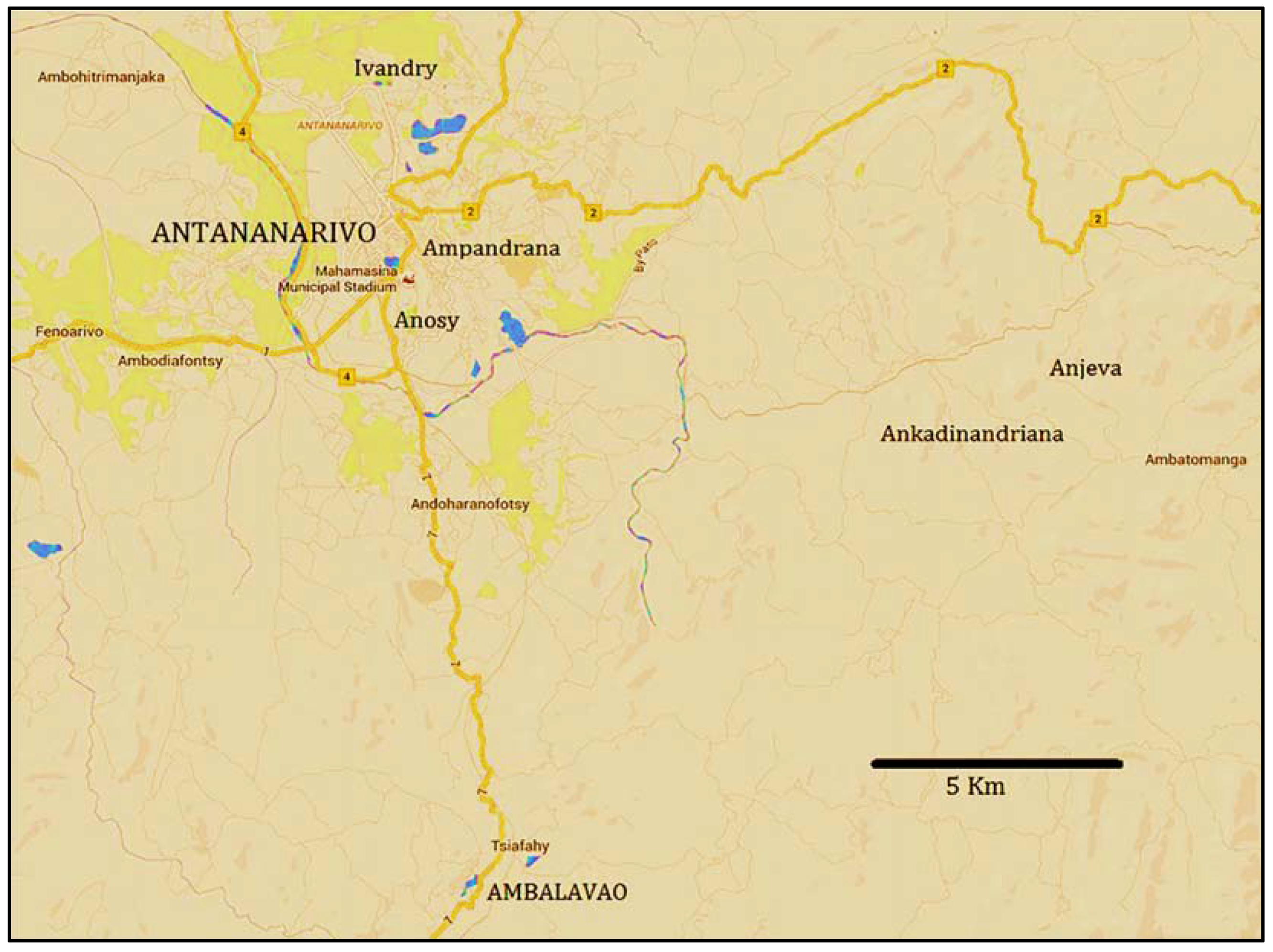

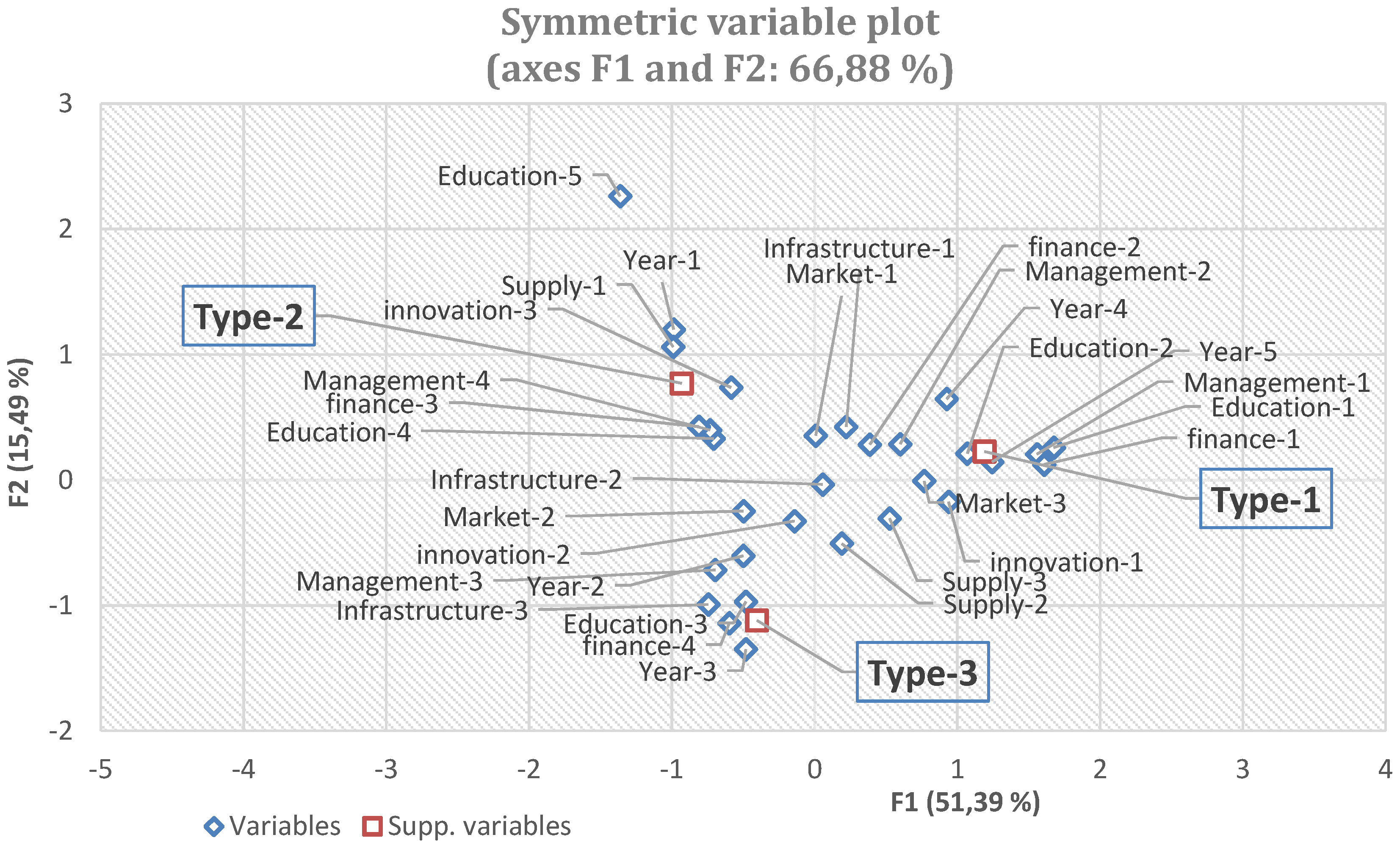
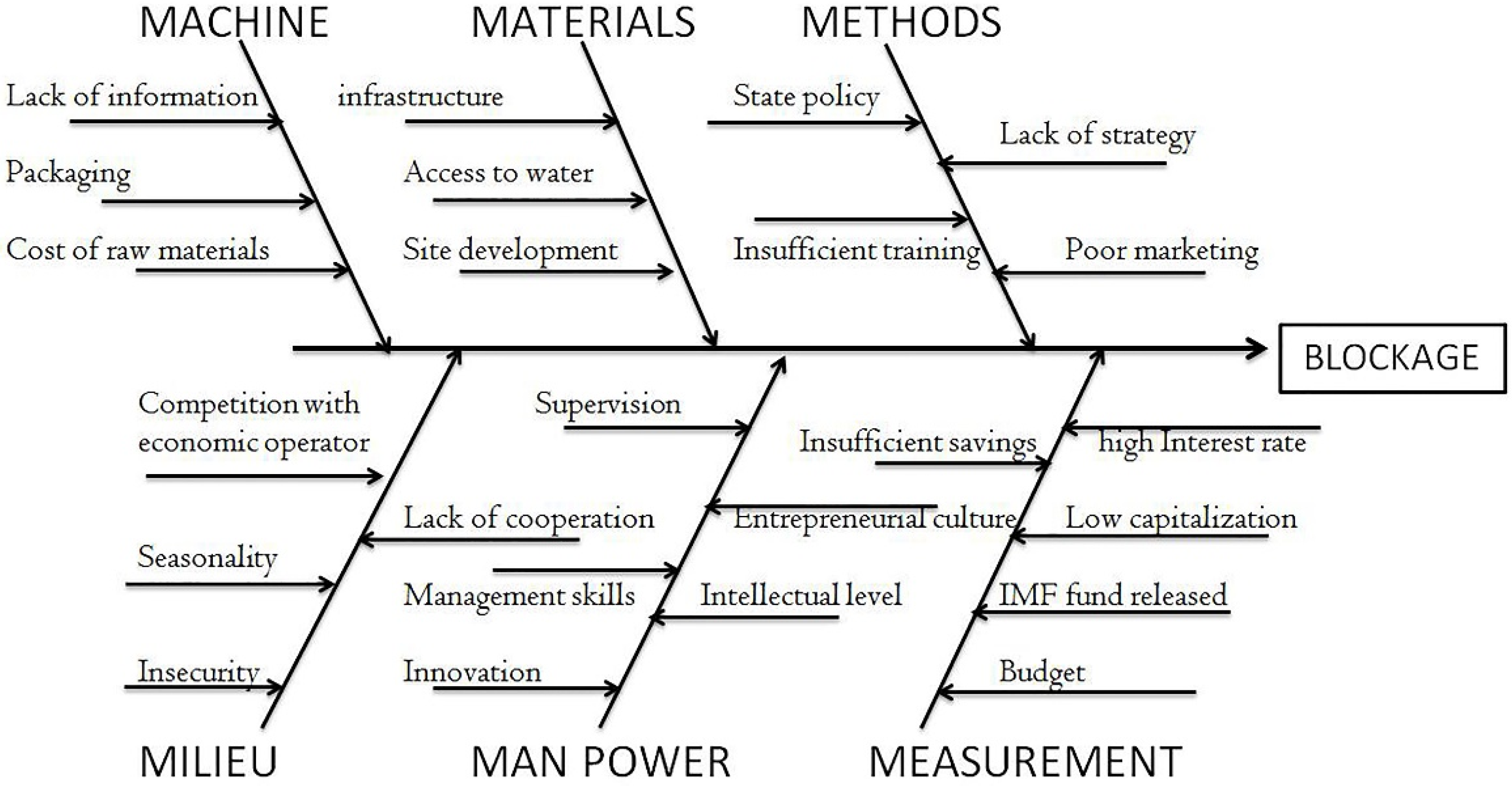

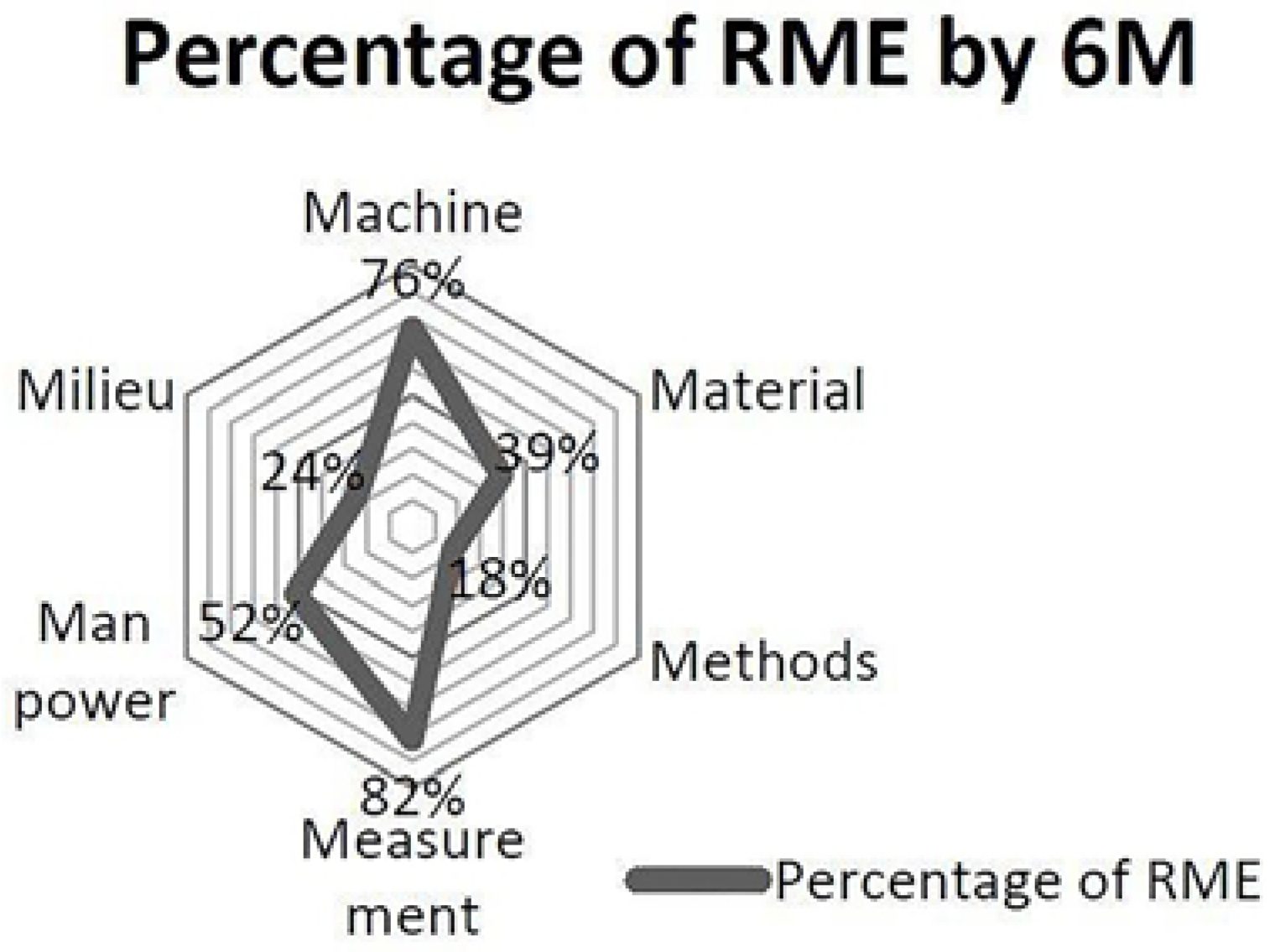
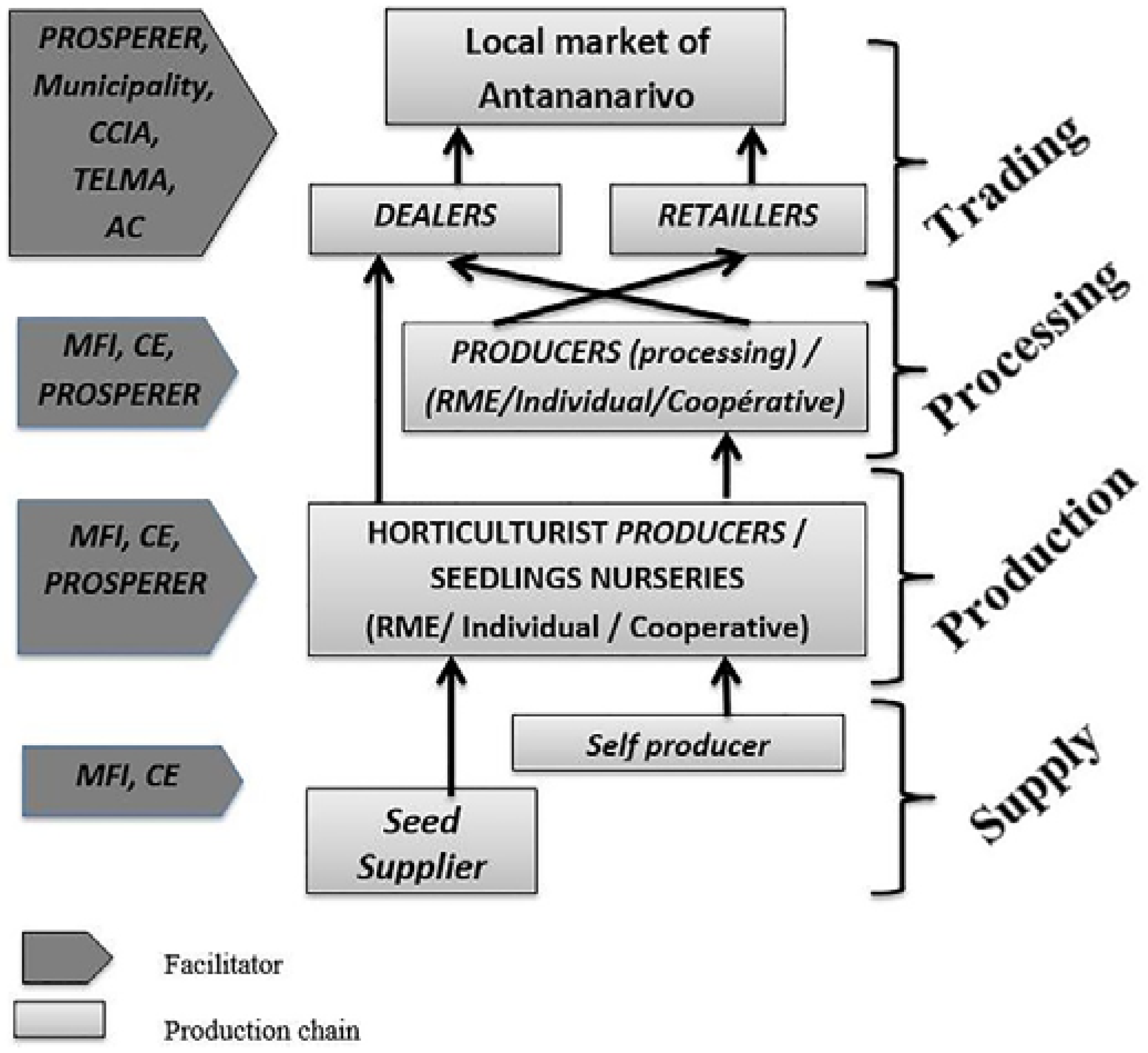
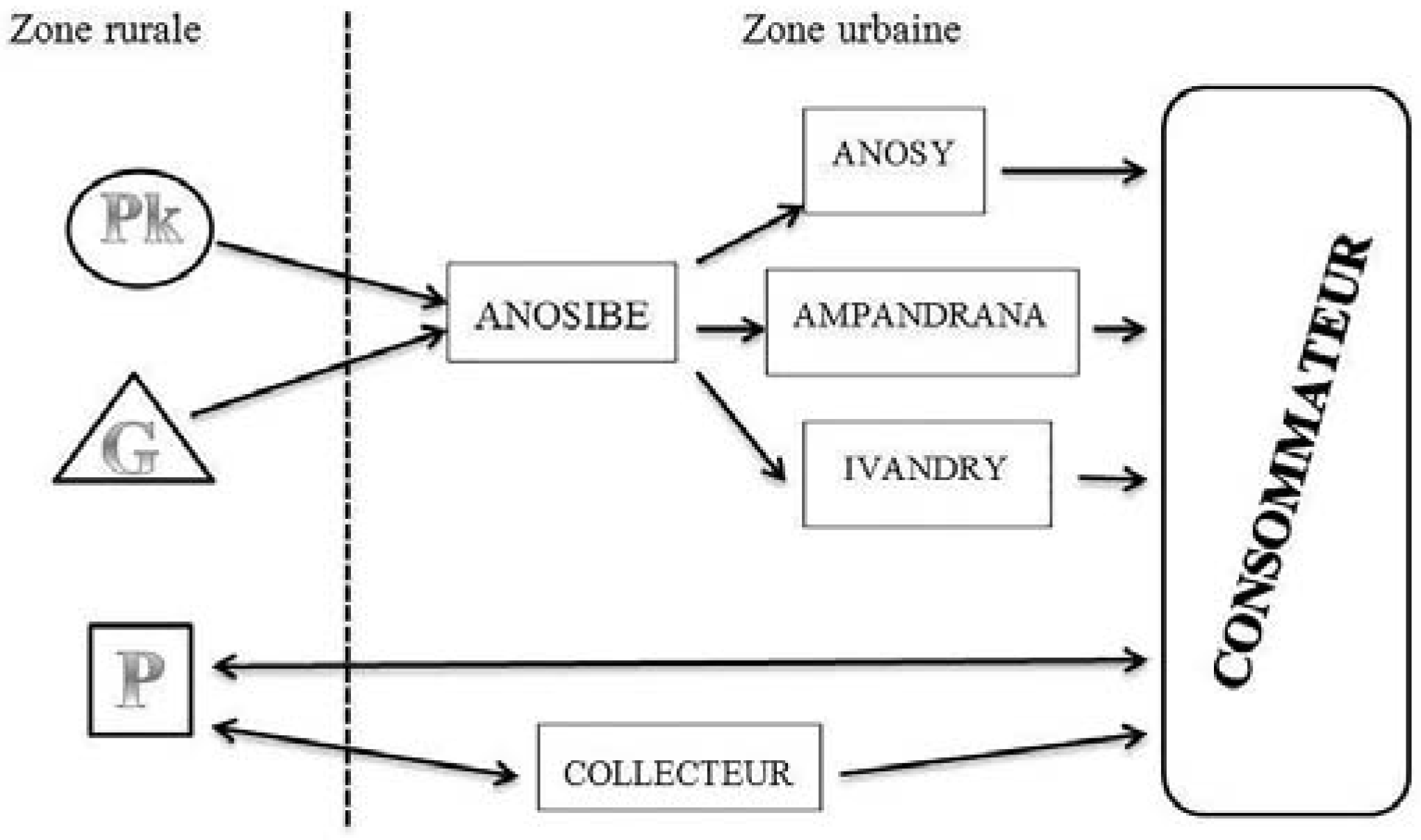
| Variables | Score | ||||
|---|---|---|---|---|---|
| 1 | 2 | 3 | 4 | 5 | |
| Duration of practice (years) | 5 to 9 | 10 to 14 | 15 to 19 | 20 to 24 | >25 |
| Education | illiterate | Elementary school | Elementary school level 2 | Elementary school level 3 | more |
| Management | part-time farming/informal/seasonal | part-time farming/informal/full year | Main activity Informal/full year | Main activity/formal/full year | |
| Innovation | Tough competition/traditional/without market strategy | Average creativity skills/communication strategy | Good packaging/niche strategy | ||
| Finance | MFI aversion/Low capitalisation | MFI aversion/medium capitalization | Possible member/medium capitalization | MFI member /large capitalization | |
| Supply | Hard | Medium | Easy | ||
| Infrastructure | Market stall | Wooden house | Market pavilion | ||
| Market level vulnerability to economic crisis | High vulnerability | Medium vulnerability | Low vulnerability | ||
| Variables | Score | ||||
|---|---|---|---|---|---|
| 1 | 2 | 3 | 4 | 5 | |
| Duration of practice (years) | year-1 | year-2 | year-3 | year-4 | year-5 |
| Education | education-1 | education-2 | education-3 | education-4 | education-5 |
| Management | management-1 | management-2 | management-3 | management-4 | |
| Innovation | innovation-1 | innovation-2 | innovation-3 | ||
| Finance | finance-1 | finance-2 | finance-3 | finance-4 | |
| Supply | supply-1 | supply-2 | supply-3 | ||
| Infrastructure | infrastructure-1 | infrastructure-2 | infrastructure-3 | ||
| Market level vulnerability to economic crisis | market-1 | market-2 | market-3 | ||
| Type | 1 | 2 | 3 |
|---|---|---|---|
| Name | Experienced Traditional Promoter | Educated young Promoter | Professional young Promoter |
| Workforce (effectif) | 12 | 11 | 10 |
| Proportion (%) | 36 | 33 | 31 |
| Experience | High | Medium | High |
| Education | Elementary school | Elementary school level 2 | Elementary school |
| Management | Informal and main activity | Member of cooperatives and main activity | Informal and part-time farming |
| Innovation | Medium | Medium | Low |
| Finance | Not member of microfinance with low capitalization | Member of microfinance and medium capitalization | Not member of microfinance with low capitalization |
| Supply | Very easy | Medium | Easy |
| Infrastructure | Depends on program supports | Depends on program supports | Depends on program supports |
| Market | Medium vulnerability to socio-economic crisis | Low vulnerability to socio-economic crisis | |
© 2016 by the authors; licensee MDPI, Basel, Switzerland. This article is an open access article distributed under the terms and conditions of the Creative Commons Attribution (CC-BY) license (http://creativecommons.org/licenses/by/4.0/).
Share and Cite
Ramanankonenana, T.; Razafiarijaona, J.; Ramananarivo, S.; Ramananarivo, R. Analysis of Barriers to Development of Malagasy Horticultural Microenterprises in Madagascar. Horticulturae 2017, 3, 3. https://doi.org/10.3390/horticulturae3010003
Ramanankonenana T, Razafiarijaona J, Ramananarivo S, Ramananarivo R. Analysis of Barriers to Development of Malagasy Horticultural Microenterprises in Madagascar. Horticulturae. 2017; 3(1):3. https://doi.org/10.3390/horticulturae3010003
Chicago/Turabian StyleRamanankonenana, Tamby, Jules Razafiarijaona, Sylvain Ramananarivo, and Romaine Ramananarivo. 2017. "Analysis of Barriers to Development of Malagasy Horticultural Microenterprises in Madagascar" Horticulturae 3, no. 1: 3. https://doi.org/10.3390/horticulturae3010003





